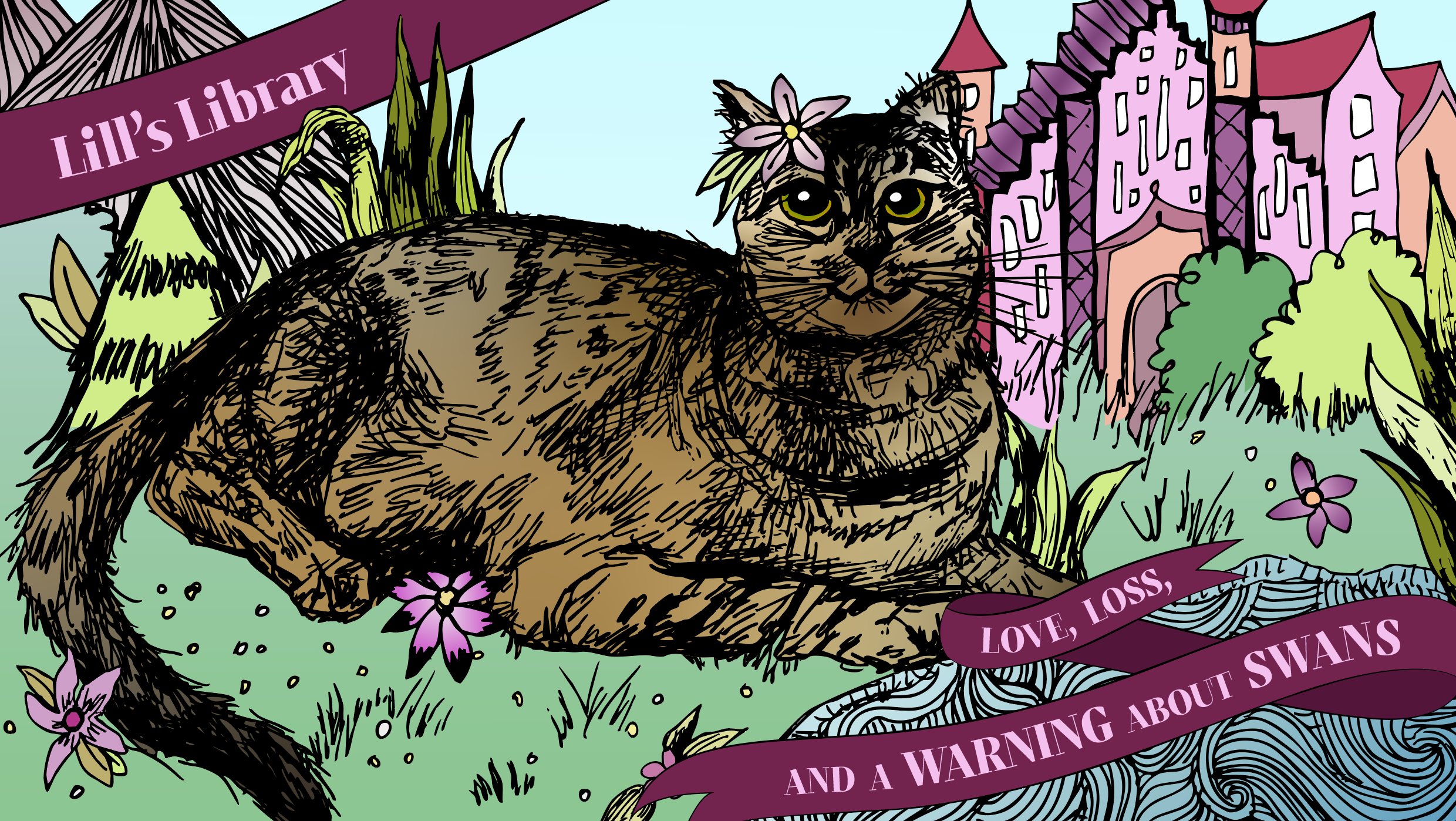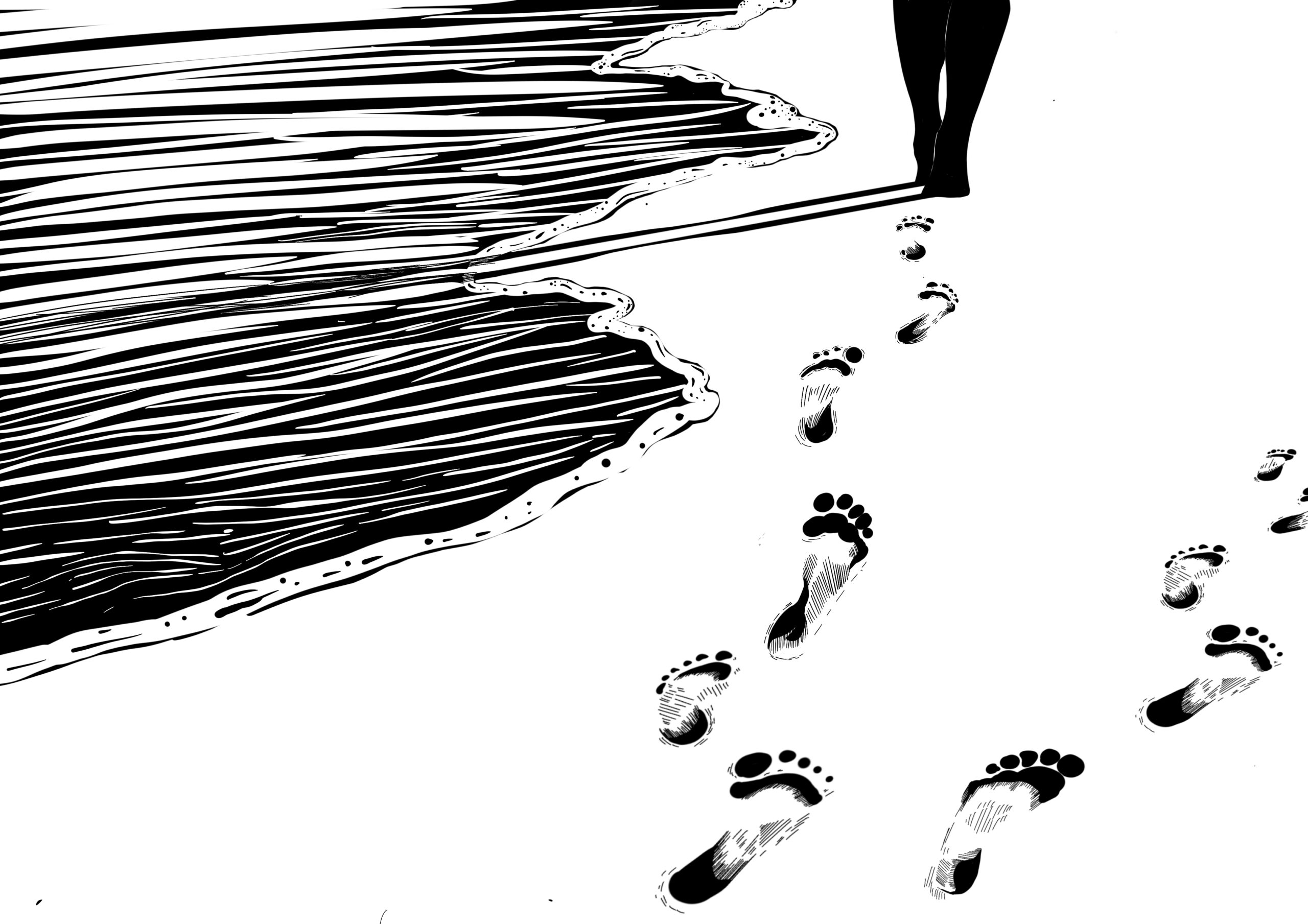Join the (book) club — Lill’s Library is a biweekly series where former KidLit agent intern and avid reader Lillian Heckler tells you what young adult titles are taking up space on her bookshelf. This week, we’re reading A Warning About Swans by R.M. Romero.
We’re officially halfway through February, a month that’s as much about love as it is about loss. Temperatures dip to single digits, schoolwork piles up, and the sun continues to hang lower and lower in the day despite our pleas for just one six o’clock sunset…
But loss in February welcomes rebirth, too — the sun warms just enough to thaw wind-bitten cheeks, grass grows greener as the snow drips, and we’re granted another chance to set new goals for the year before the ice thaws, and we can finally crawl out of hibernation.
Maybe I’m biased, but reading more is the only goal worth setting for myself at the beginning of every year. What better way to celebrate new life post-freeze than to try living a different one? To hop between the covers of a book and enter another realm? To gain magical powers for just a day? The number of pages or books isn’t what I’m talking about. It’s not about reading more; it’s about reading more — absorbing stories and taking their lessons in stride.
That’s why, for our first book club session of the year, I’ve chosen a title that’s light in words, but heavy in content. A Warning About Swans by R. M. Romero is a lush fairy tale for the modern age told in unfussy, bare-bones verse.
Set in 1880s Bavaria, A Warning About Swans tells the story of Hilde, one of six young girls brought to life from the dreams of the god Odin. Odin gives the girls magical cloaks that grant them a unique gift and the ability to turn dreams into reality. Their gifts correspond with their responsibilities to the Wood, a mystical forest where dream creatures and natural animals live harmoniously. There’s a catch though: the cloaks transform the girls into swans.
The novel-in-verse is separated into four poetic “tales,” the first focusing on Hilde’s struggle with her gift. While her sisters’ talents center around creation and renewal, Hilde must greet the souls of dying creatures and usher them into the afterlife, the “Other Wood.” She yearns for a reality where she isn’t holding carcasses close to her. Eventually, the sounds of their suffering and the feeling of their blood on her wings grow painful enough to drive Hilde away. When she hears a gentle dream near the boundary of the Wood, she follows its sound.
She is led to Baron Maximilian von Richter, the orphaned son of a man once favored by the king. After revealing her swang girl forms to him, Hilde agrees to make his dreams of riches come true. In return, Baron says that he will hide her identity and help her become a “real” girl.
The second tale, “The Artist in the Garden,” brings us to the von Richter palace, where the pair spend weeks conjuring sapphires out of Baron’s dreams and building Hilde’s understanding of “normalcy.”
However, when the time comes for her to meet the court in Munich, Hilde realizes that it will take much more than simply reading about her new peers to become like them. When she dances, the other girls stare. When she speaks, they laugh. No one knows what to do with her, least of all Hilde.
She thought being human meant being free, unencumbered by her past. Instead, in the company of those she thought were free from those imaginary boxes, she feels caged in by her “otherness.”
Okay, I know we’re going a little hard on the “loss” half of my thematic set-up so far, but hang in there with me. The light is about to shine through.
Enter Franz Mendelsohn, an artist who has begun painting eccentric portraits for the girls in the kingdom. Everybody who’s somebody has one, so Baron insists that this is the key to Hilde’s integration into society. Without knowing her past, Franz sees something in Hilde — her swan wings, painted in immaculate detail, soaring above the Wood. And Hilde sees something in Franz, too — a magic deep inside them.
Romero spends the remaining two tales, “The Castle on the Hill” and “The Fox in the Woods,” unraveling Hilde’s obsession with freedom and building her relationship with Franz. I’ll save the details for your reading enjoyment, but the pages always seem to glimmer whenever the pair interacts.
Equal parts a rumination on what it means to be human and a story of soft, blossoming love, A Warning About Swans invites darkness and light to play together on the same page. It is a fairy tale unafraid of being gruesome, complemented by Romero’s precise language and masterful rhythmic voice.
Poetry can be a daunting genre for the average reader. The metaphors, meter, and form can go over your head when you don’t know exactly what you’re meant to look for. If you have an open mind, young adult verse is one of my favorite ways to introduce people to more complicated prose. The style is typically simpler, yet it retains the rich detail and characterization of emotions that set the genre apart. Plus, the story’s pacing can be more intentional and often more visual.
Romero uses this to her advantage in telling Hilde’s story, letting you tumble through the stanzas and pick up the story’s elements without presenting too much information at once. By the end, you experience Hilde’s birth, metaphorical death, and rebirth in what feels like a single flap of a swan’s wing.
So, reader, in the face of love and loss this month, I hope you’ll find time to curl up with our new book and bring yourself back to life, just as Hilde does in A Warning About Swans.
Onto the next chapter.
| Title | A Warning About Swans |
| Author | R.M. Romero |
| Genre | Fantasy, Romance |
| Form | Verse |
| Page Count | 378 |
| Favorite Quote | “Your loneliness may be / a black pit, / threatening to eat you / alive. / But it is even more terrifying / to be understood / by anything outside / your own reckless heart,” (Romero 44). |








Leave a Reply